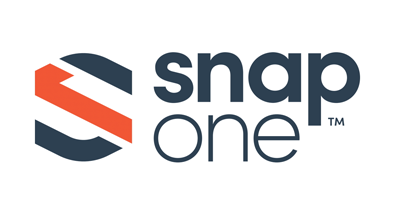Snap One Increases Investments in Software Development to Fuel Innovation

- Snap One Opens Six New Local Partner Stores; Plans to Host Over 400 Events in 2023 - October 4, 2023
- Snap One Increases Investments in Software Development to Fuel Innovation - September 5, 2023
- Snap One’s Araknis Networks Upgrades High-Speed Networking from Curb to Customer with New OvrC-Enabled Multi-Gig Switches and VPN Routers - August 14, 2023
In it’s continued pursuit to enhance overall performance, reliability, and scalability of its solutions through more efficient backend processes and better user experiences: Snap One announced the company invests approximately $65M annually in R&D, with a large portion going to the 150-person software development team. It is increasing investments in software research and development. “Snap One understands that exceptional user experiences are the key to creating happy long-time customers. Software delivers improved experiences by enhancing simplicity, reliability, security, functionality and even maintenance service from Partners,” said Snap One EVP of Engineering & Technology David Moore.
“As we continue to release innovative hardware products and remote services, along with integrating new third-party solutions, our software investments will ensure enhanced reliability and strengthen customer trust in our valued Partners and hardware brands.”
The company is also focusing on enhancements to its OvrC remote system management platform, which can enhance both new and existing Control4 systems by offering integrators remote access to troubleshoot system issues, adjust settings, apply software updates and even reset equipment. Users of Snap One’s Araknis, Control4, Luma, Binary and WattBox products can expect enhancements to performance and functionality down the line, continuing the recent influx of software releases that provided Snap One Partners with access to colored lighting control, Daylight Agent lighting automation, Ryff-to-MoIP capability, a new MultiDisplay Manager for digital signage and voice control through Control4 Halo remotes. Operations-focused improvements have included reducing Control4 mobile app connection times, increasing intercom reliability and using predictive tools to proactively prevent more than 40 outages.
In both the short- and long-term, Snap One sees these investments as a critical competitive measure to keep pace with the rapid release of IoT devices, improve usability and desirability among consumers and businesses and ensure platform stability and security.

